
(Do) Start with the Purpose and Plan
Renovating without a clear purpose is like designing in the dark. Whether you’re updating for resale, lifestyle upgrades, or pure aesthetics, define your goal early. It should shape every decision, from layout to finishes.
A project without focus risks feeling scattered and unfinished. Let your vision act as the anchor, and build everything around it with intention.
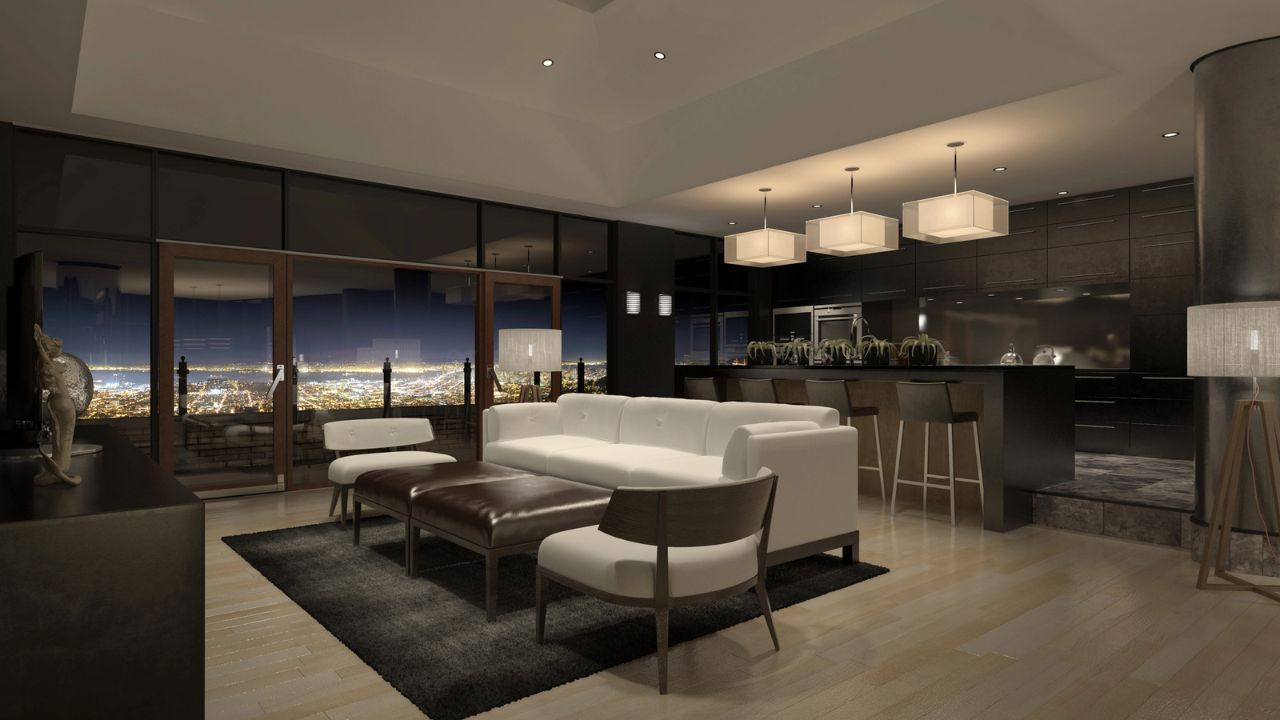
(Don’t) Follow Trends
Chasing trends guarantees one thing: obsolescence. Skip the design fads and build your renovation on timeless foundations.
Play with trend-forward accents if you love them, but keep core elements like flooring, cabinetry, and millwork that are elegant and enduring. Real style never goes out of fashion, it just grows with you.

(Don’t) Skip the Necessary Permits
Permits might feel bureaucratic, but they protect your home and your investment. Even seemingly minor updates sometimes require inspection. Cutting corners here can lead to serious legal and resale issues.
Check local regulations early, and make sure your contractor is pulling the necessary permits for the job.

(Don’t) Forget the Design
Demolition feels exciting, but don’t rush it. Spend time detailing every choice: cabinetry specs, outlet locations, lighting layers.
A fully fleshed-out plan before demo day prevents costly mid-project changes. In design, as in life, clarity is everything. A strong plan keeps the renovation on track and helps protect your budget, timeline, and peace of mind.

(Do) Collect Multiple Quotes
No two contractors are identical. Interview at least three, ask detailed questions, and read the fine print on every bid. Look for strong communication, a deep understanding of your vision, and realistic timelines.
It’s not just about choosing the lowest bid. It’s more about finding the right partner for the job.

(Don’t) Build On Mistakes
If something isn’t right, such as structural issues, bad plumbing, or faulty wiring, building over it won’t make it go away. It only delays the problem and makes it harder (and more expensive) to fix later.
Before adding shiny new features, take a deep breath and deal with the hard stuff first. Go slow so your home feels safe, sound, and built to last. A solid foundation always makes the prettiest spaces feel even sweeter.
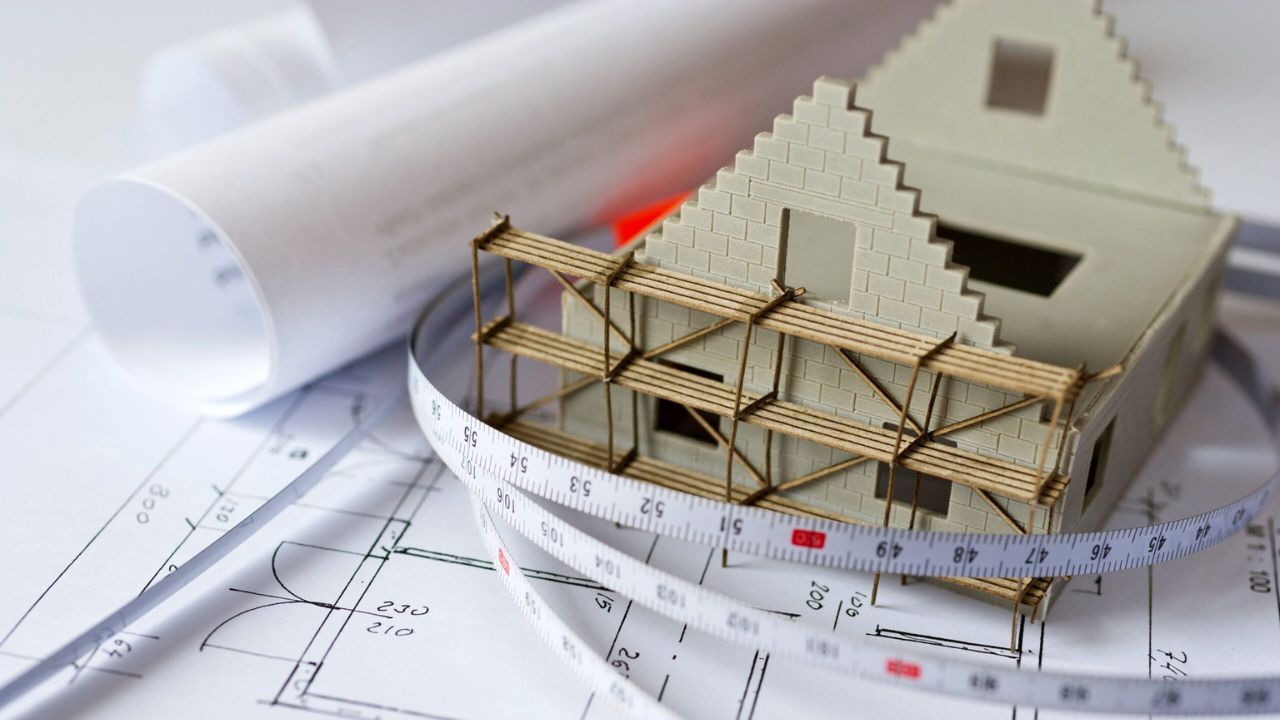
(Do) Fix the Foundation First
No finish can hide a failing structure. Invest first in essentials like roofing, foundation, HVAC, electrical, and plumbing.
These upgrades may not show up in a glossy Instagram post, but they’ll protect your home for decades and make every design decision on top of them even better. When you start with strong bones, everything else you build will last longer and feel more like home.
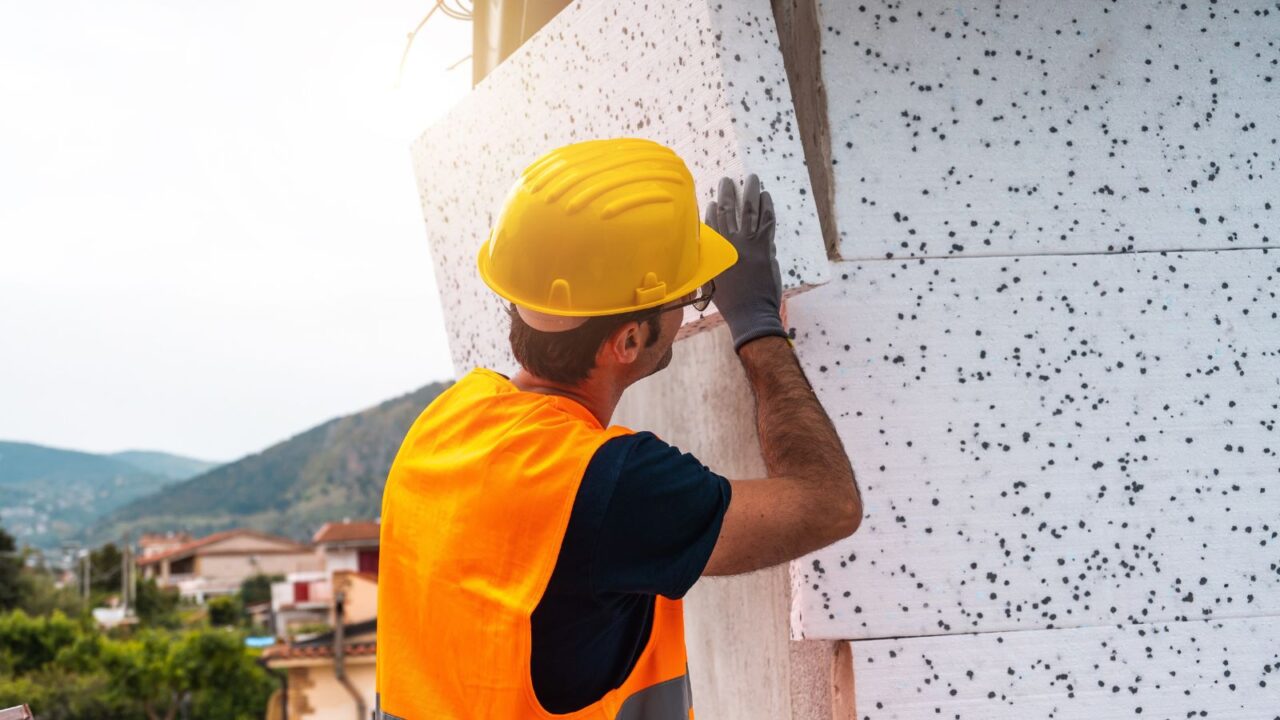
(Do) Invest in Quality Materials
Materials should earn their place over time. Think real stone, solid wood, and unlacquered brass elements that develop a patina and character.
Avoid surfaces that scratch, peel, or chip with everyday use. Good design deepens with age, just like the most beautiful homes. A little worn wood or a soft patina only adds to the charm and comfort of a truly lived-in home.

(Do) Build on History
Every home has a soul. Even if you’re updating a lot, try to save a few original details such as an old door, a beautiful window, or charming trim.
Layering old and new creates richness and depth. It reminds you (and everyone who steps inside) that your home has a story that’s still unfolding.
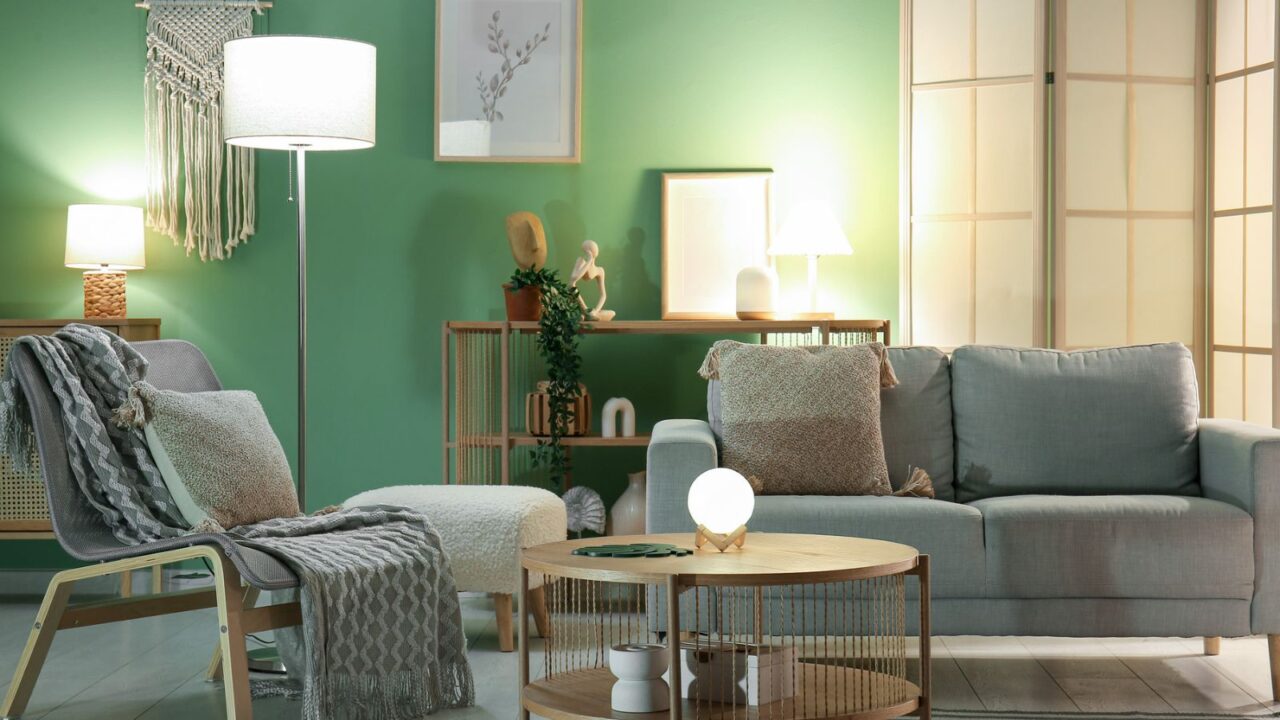
(Don’t) Go Overboard with Lighting
Lighting defines how we experience a room. Layer natural light, ambient glow, task illumination, and sculptural fixtures. And don’t forget: a few statement fixtures can turn even the simplest rooms into something special.
Dimmers are essential. Great lighting can elevate even modest materials, while bad lighting flattens luxury. Treat lighting like an architectural feature, not an afterthought.
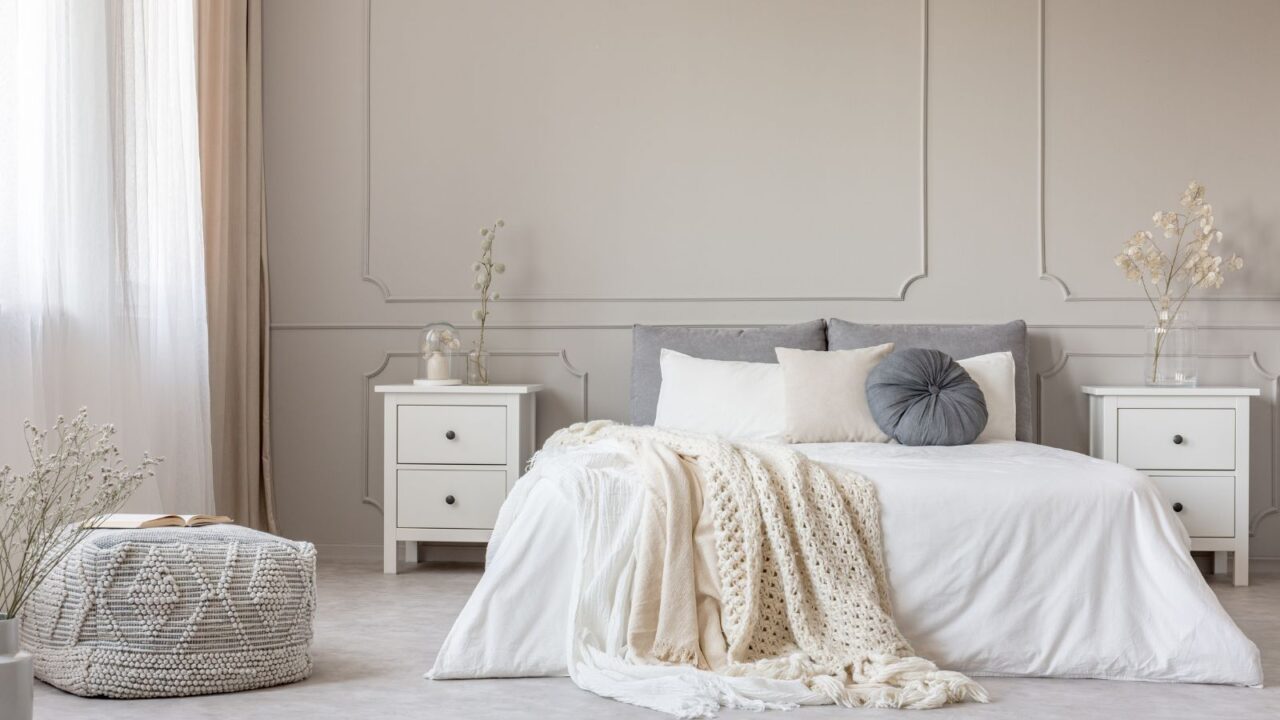
(Don’t) Forget Personalization
Infuse your home with soul, but be mindful about going ultra-specific. Quirky tile patterns or bold color choices are easier to swap than structural oddities.
Personalize with elements you can evolve later without a sledgehammer. Good design leaves doors open, not closed. A truly timeless renovation feels just as welcoming 10 years from now as it does the first day you move back in.

(Don’t) Move Plumbing Unless You Must
Changing a kitchen or bathroom layout sounds simple, but moving plumbing can be wildly expensive. Unless it’s necessary, work within the existing framework.
You’ll free up budget for statement materials, custom cabinetry, and sculptural fixtures that really show. Smart renovations don’t always mean starting over, they mean making the very best of what’s already there.

(Don’t) Micromanage
It’s tempting to want to hover over every decision, but micromanaging can slow the project and strain relationships.
Once you’ve picked a great team, trust them to do what they do best. Stay involved, ask questions, but give them space to work. Sometimes, a little breathing room leads to solutions and beauty you couldn’t have imagined on your own.

(Do) Think Beyond The Decor
Pretty curtains and stylish tile are fun to pick, but the best renovations think deeper. How will you move through this space? Where will kids drop their backpacks?
How will morning light pour into your kitchen? Good design isn’t just what you see, it’s what you feel and live every day. Build for those real-life moments, and you’ll love your home even more.

(Don’t) Forget The Neighbors
Your renovation isn’t happening in a bubble, it’s happening in a community. Let your neighbors know about the work ahead of time.
Be mindful of noise, parking, and cleanup. A little thoughtfulness can turn potential frustrations into understanding and even friendships. Good homes are built with good fences and even better neighbors.

(Do) Communicate with Your Contractor
Even the best contractors appreciate a proactive homeowner. Regular check-ins, quick decisions, and clear expectations can mean the difference between a smooth experience and a frustrating one. Trust the experts, but always stay engaged. It’s your home and your investment.
Talk with your contractor and walk through decisions together. The more heart you put into the process, the more your home will feel like a true reflection of you when it’s finished. Need a little help getting started? Take a look at our guide to teaming up with contractors & designers to make the whole journey even smoother.

(Do) Budget With Both Head and Heart
Dreaming big is part of the process, but so is facing reality. Set a grounded renovation budget that includes construction costs, design fees, permits, unexpected repairs, and a contingency fund.
Padding your budget by 15–20% for surprises is a smart move. A project rarely comes in under budget, but careful planning can help prevent costly surprises. Curious what $50K can create beyond your own backyard? Take a look at what a $50K renovation gets you across the country and dream a little bigger.
What’s the best renovation advice you’ve ever received (or wish you had)? Share your story in the comments.
Read More From This Brand:
- What You Need to Know Before Renovating
- How to Renovate Safely with Kids at Home
- Tips for Disaster-Free Bathroom Renovation
Don’t forget to follow us for more exclusive content right here on MSN.
This slideshow was made with AI assistance and human editing.